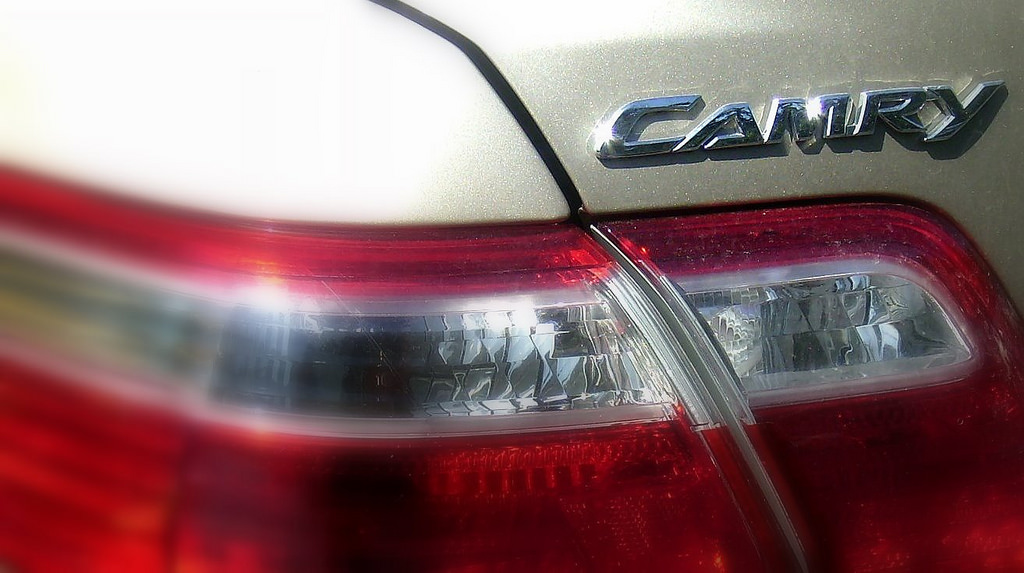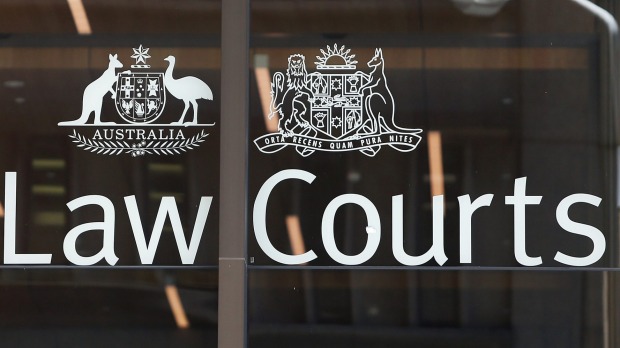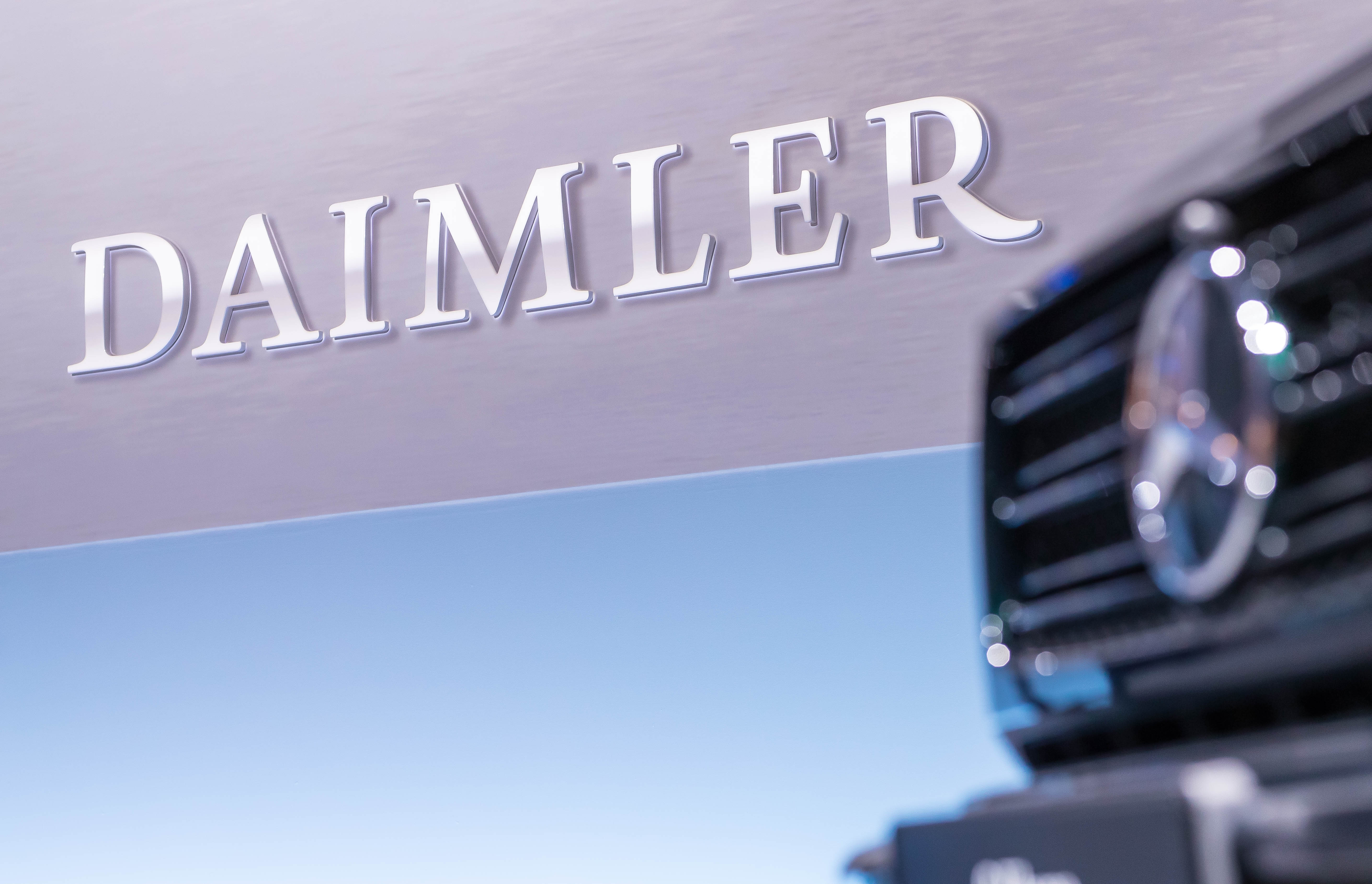
Politics & Society
Keeping tabs on the tech giants

A new report confirms that companies breaking competition laws here typically receive much lower fines than those handed down elsewhere. So how do we keep price fixers in check?
Published 26 March 2018
The Japanese car manufacturer Yazaki was recently penalised for fixing the prices of car parts. The cartel lined the pockets of large companies while Toyota Camry consumers here and overseas were ripped off, paying above competitive rates.
The Australian Federal Court described the behaviour as “deliberate, sophisticated and devious”.

And yet the Japanese company was fined just A$9.5 million.
This story is all too common. Our research shows that, despite a large number of cases including where the conduct was found to be extremely serious, corporate penalties in Australia have remained substantially below the maximum under the Competition and Consumer Act 2010 and fines imposed overseas.
And now a report released by the Organisation for Economic Co-operation and Development (OECD) today confirms what we and others have been saying for some time. Australia’s approach to penalising corporates for anti-competitive conduct needs to change.

Politics & Society
Keeping tabs on the tech giants
In fact, our data shows the average penalty imposed per cartel between 2007 and 2017 was less than 10 per cent of the maximum available. Parliament has twice adjusted the maximum in efforts to nudge judges in the direction of higher penalties. So far those efforts have largely failed.
Yazaki is just one of a string of cases the competition watchdog, the Australian Competition and Consumer Commission (ACCC), has brought against businesses for colluding to rig markets. Even more recently they upped the ante, announcing criminal prosecutions of implicated individuals. The risk of a jail term is widely seen as the most potent weapon of deterrence in efforts by corporate regulators to stem white-collar crime.
But criminal cases are hard – hard to prosecute and hard to win. The reality is that in most instances enforcers will go after fines against companies. So how high is high enough for a penalty to adequately punish a well-endowed corporate offender and, even more importantly, deter others from following suit?
That is the question pre-occupying the ACCC.
Over the last ten years fines imposed by the European Commission (EC) for cartel conduct have averaged AU$89.3 million, as compared with an average of A$3.1 million per respondent in Australia. Total fines imposed by the EC exceeded total penalties imposed by Australian courts by a factor of 110, but the number of EC decisions exceeded the number of Australian decisions by a factor of only 3.85.

The highest EC cartel fine to date was over €1 billion (just under A$1.6 billion). But the high watermark reached in this country falls well below that, when the packaging giant Visy was fined A$36 million in 2007.
Some allowance must be made for differences in market size and GDP. But GDP in the EU in 2016 not quite 14 times that of Australia, significantly short of the 110-plus fold difference in total cartel fines over the last decade. And Europe is not the only comparison that exposes our penalty system as wanting. The OECD used a sample of six countries to show the gap and in our own research we extended that sample to 11.
A major reason for the relatively low corporate penalties Down Under is the method used to calculate them – it is unstructured, non-sequential, non-transparent and highly discretionary. It differs substantially in these respects from the method employed by many other jurisdictions.

Politics & Society
Coming soon to an aisle near you
To fix the problem we need to revise our method. For a start, we should adopt the approach of setting a base penalty as a percentage of the corporate turnover in relation to the cartelised sales, multiplied by the duration of the cartel. The base amount acts as a proxy for the otherwise difficult calculation of illegal gains derived from, or harm caused by, the collusion. It is an effective and efficient way to capture the economic gravity of the offending conduct.
Taken as just the starting point, the base amount would then be adjustable – increased for aggravating factors like the size of the company and the seniority of the employees involved – and reduced for mitigating factors, like cooperation with the authorities.
The new method should be published by the ACCC and used in submissions to the Court about appropriate penalties. If judges persist with the current approach of trying to intuitively synthesise all of the relevant factors in a penalty assessment, legislative direction will be required to overcome judicial precedent.
We should also revisit the maximum. It is problematic in various respects – arbitrary, unworkable and convoluted. Australian judges see the maximum as a ‘yardstick’ by which the case before them can be measured against ‘the worst possible case’. This hypothetical scaling exercise is highly subjective and, self-evidently, isn’t yielding results.

The international approach, by comparison, is simply to place a cap on fines to ensure they don’t reach levels that would bankrupt companies and produce a less competitive market.
These aren’t the only steps that can and should be taken to reform our system. Consideration should also be given to non-financial sanctions against companies, including orders that would require them to internally discipline employees who break the competition rules.

Politics & Society
From the bar to the supermarket: Life as a competition lawyer
Hurdles facing private litigants seeking damages could be taken down, particularly the enormous obstacles facing class actions – currently the only chance that consumers have to obtain some redress for paying anti-competitively inflated prices.
But the OECD-recommended reforms, headlined with a more structured approach to penalty-setting and use of a base penalty to reflect the economic seriousness of the conduct, would be a start.
The ACCC is appealing the Yazaki decision on the grounds that a penalty under $10 million won’t deter similar behaviour in the future. It is going after a penalty between A$42 million and A$55 million.
If a base fine method had been employed, the starting point would be a fine of A$65 million. The EC fined the Japanese company the equivalent of A$193 million. US authorities fined it A$613 million.
The figures speak for themselves.
Banner image: Getty Images